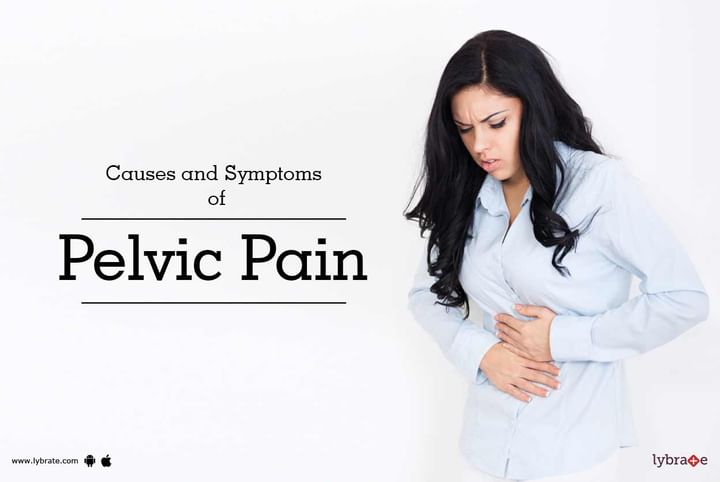Causes and Symptoms of Pelvic Pain
Pelvic pain is generally referred to as the pain in the lower abdominal region. Pelvic pain might be acute, sudden, or chronic, recurrent, cyclical in nature. It may present as central or lateralized pain and might spread to the thighs and buttocks. Pelvic pain might be an indication that something is wrong with the internal reproductive organs located in the pelvic region such as ovaries, fallopian tube, uterus and vagina in which case occurrence of pain may be related to particular time in menstrual cycle.
Pelvic pain can be indicative of a pelvic infection or related to the pelvic bones/spine problems.
Also it may indicate that there is something wrong with the digestive system or urinary system.
Causes-
The causes are as follows:
Pelvic pain occurs commonly in disorders of the internal reproductive organs such as ovarian cysts or pelvic inflammatory disease (where in sexually transmitted bacteria spread through the reproductive organs and cause infection) or pain during ovulation.
Pelvic pain might also occur due to endometriosis (a form of disorder where the endometrial tissues that are located inside the uterus tend to grow outside the uterus resulting in severe pain), adenomyosis (a disorder wherein the endometrial tissues which line the wall of the uterus tend to grow within the uterus), , pelvic adhesions or ectopic pregnancy (when the fertilized egg gets inserted somewhere else other than the main uterine cavity),
Pelvic pain can occur due to bladder disorders, kidney stones, infection in the urinary tract, constipation, flatulence,inflammatory bowel disease, irritable bowel syndrome and chronic hernia.
It can also be a symptom in some cancers such as ovarian cancer, colonic cancer, advanced ovarian , endometrial and cervical cancer.
The following symptoms might occur along with pelvic pain:
-
Sustained pain in the hips and the groin
-
Sudden fever
-
Severe pain while urinating , passing stools or during sexual intercourse (dysparuenia)
-
Vaginal bleeding or vaginal discharge .
-
Blood in stool
-
Severe menstrual pain ( dysmenorrhoea)
-
Repeated instances of constipation or diarrhoea
-
Increase In pain with stress and physical movements
Investigations-
The Gynaecologist will do physical examination including bimanual internal examination. Also, complete blood count, urine for microscopy, vaginal swabs if discharge, stool examination. Ultrasound examination of the pelvis is an important investigation.
Treatment-
If the pain is gynaecological and depending on the cause doctors might suggest different therapies. In cases where pain is due to an ovarian cyst or endometriosis, doctors may prescribe birth-control pills. In cases of suspected pelvic infection, antibiotics are prescribed. Also, laparoscopic surgery might be advised in cases of acute pain due to cyst, endometriosis, or pelvic adhesions: for confirmation of diagnosis and excision or removal of cysts and endometriotic implants and division of adhesions respectively. In some cases of chronic pain, the gynaecologist may manage the case with inputs from gastroenterologist and pain consultant.



+1.svg)
